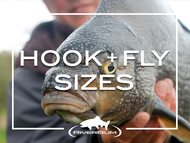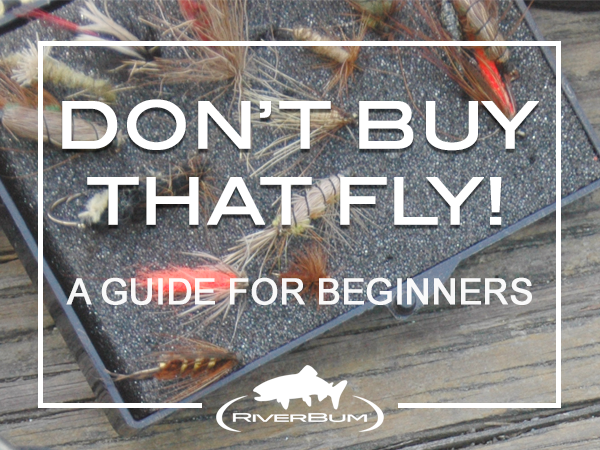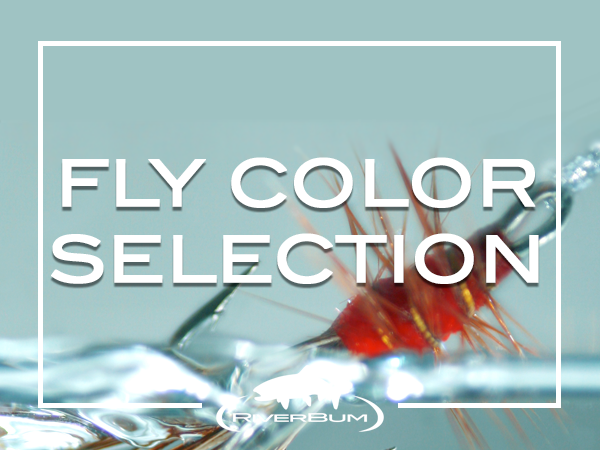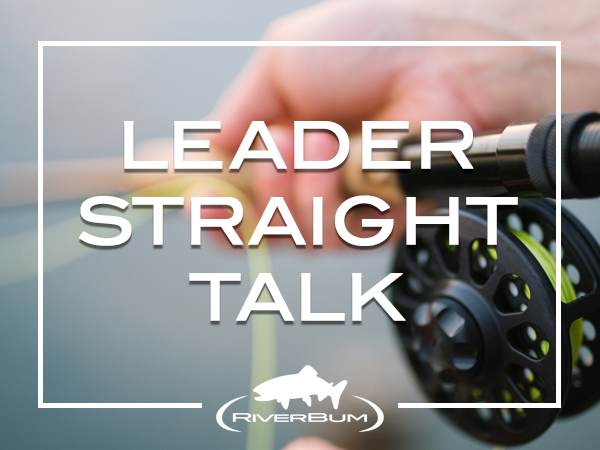Fishing Hook Sizes + Fly Sizes
One of the more confusing things about learning to fly fish are hook sizes and fly sizes. Like tippet and leader material sizes, fly fishing hook sizes are based on a bit of an antiquated system that doesn't make a lot of sense to us these days.
Here are a few basic things to think about that should help you figure out fly hook sizes and fly sizes:
- The size of hooks and flies gets bigger as the hook gets smaller. A size 4 is a fairly large fly and a size 24 is a very small fly. After size 2 on the large end of the hook spectrum hook sizes go to 1/0, 2/0, and so on. The hook size only really applies to the gape of the hook, which is the distance between the point and the hook shank.
- The length of the hook is designated as 1X, 2X, 3X, etc, indicating that the hook shank is 1, 2, or 3 times the length of the gap. Most basic flies are tied on 2X long hooks although there are many exceptions. Nymph and streamer hooks are made from a heavier wire so they sink faster, dry fly hooks are a fine wire so they aren't too heavy.
- Sometime you'll here anglers referring to natural insects and other invertebrates with hook sizes. This really just means that you would use about that size of fly to imitate that bug.
Fly Hook Size Chart
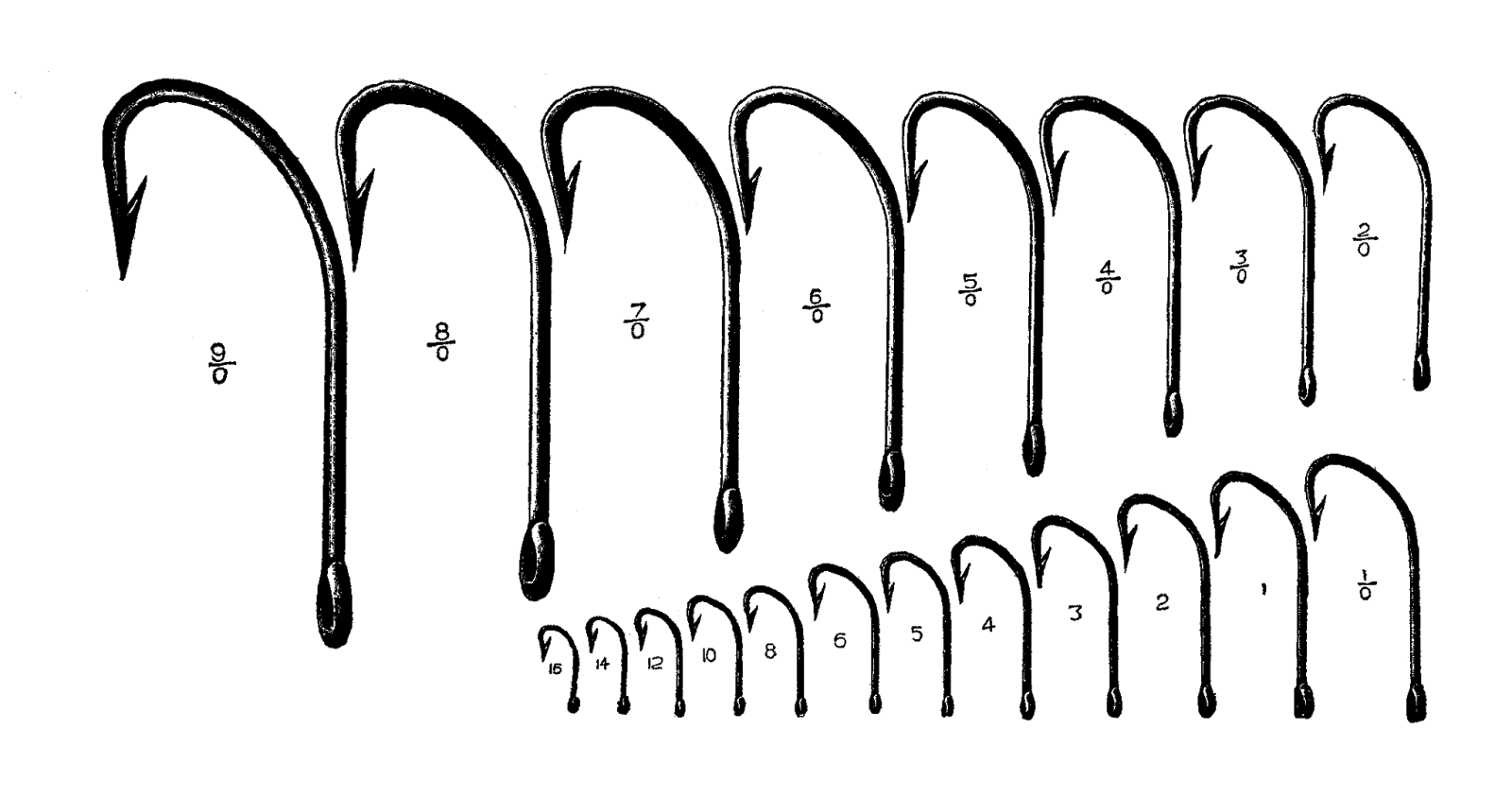
Tips For Beginners
A good practice to get into as you learn to fish is to take each fly as you get it and it's still labeled, hold it and look at it and tell yourself, for example, this is a 14. As you do this more and more you'll be able to look at flies and know their size.
Knowing hook and fly sizes will help you to be better at matching hatches and will help you to learn more about the insects in the waters you fish.
This will keep you from buying those size 4 blue winged olive nymphs that look so appealing in the picture but would end up never getting fished ( blue winged olives are usually size 16-22).
Related Blog Articles:

